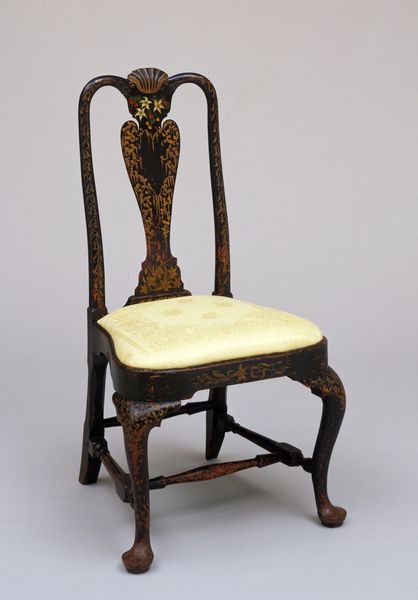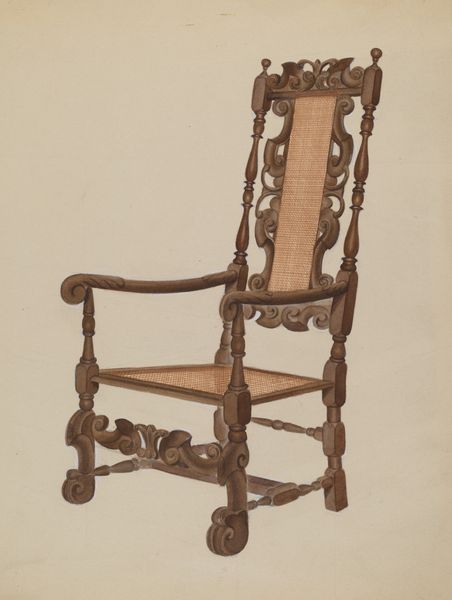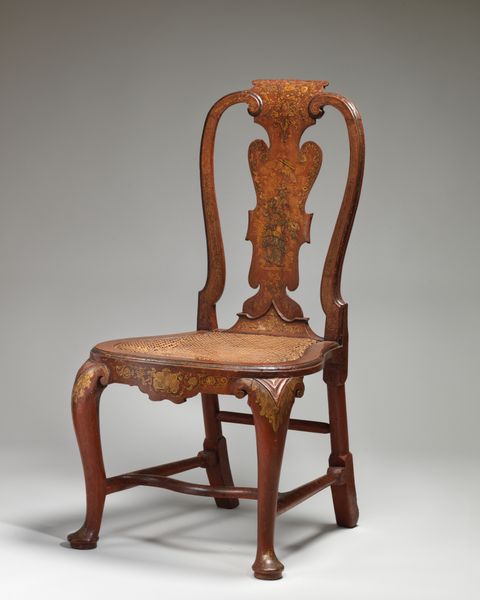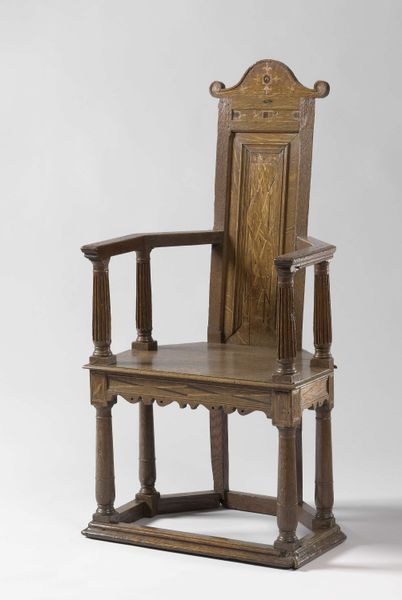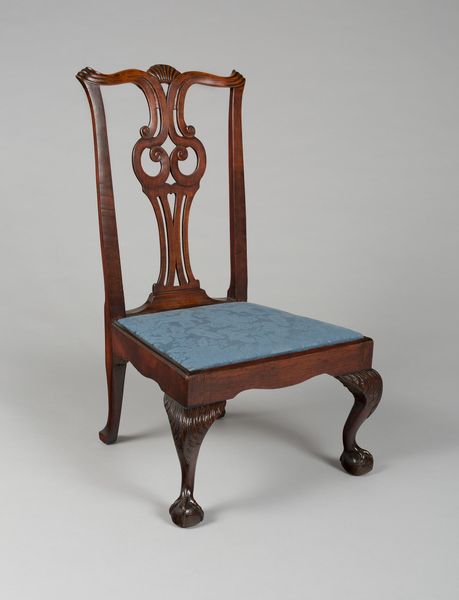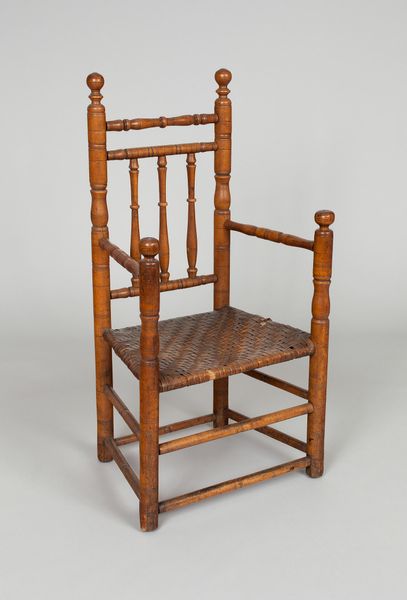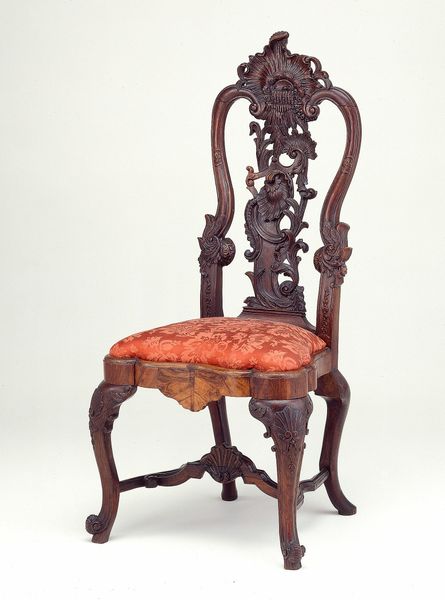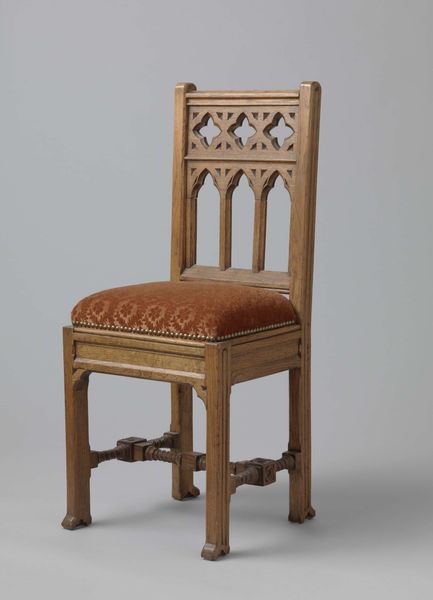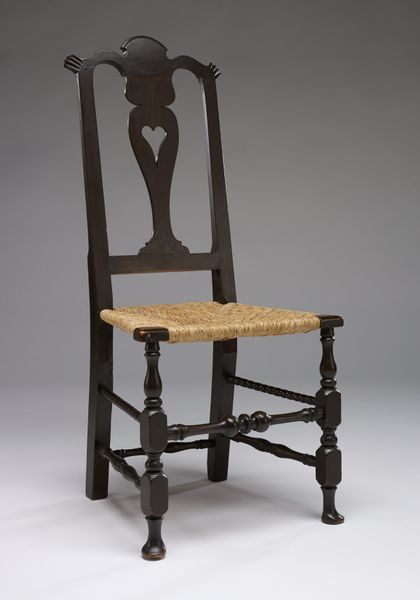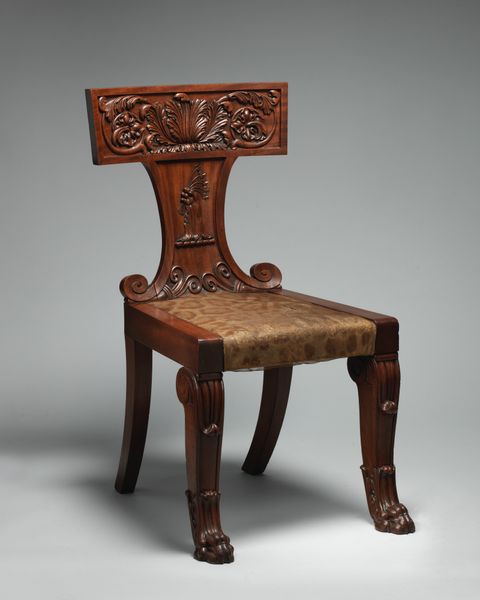![Goldweight [Chair] by Akan](/_next/image?url=https%3A%2F%2Fd2w8kbdekdi1gv.cloudfront.net%2FeyJidWNrZXQiOiAiYXJ0ZXJhLWltYWdlcy1idWNrZXQiLCAia2V5IjogImFydHdvcmtzLzgwMzE0OTE4LTcxNGItNGMxNy04OWE0LTEyY2FjYmIxODAzMS84MDMxNDkxOC03MTRiLTRjMTctODlhNC0xMmNhY2JiMTgwMzFfZnVsbC5qcGciLCAiZWRpdHMiOiB7InJlc2l6ZSI6IHsid2lkdGgiOiAxOTIwLCAiaGVpZ2h0IjogMTkyMCwgImZpdCI6ICJpbnNpZGUifX19&w=3840&q=75)
brass, assemblage, sculpture
#
brass
#
assemblage
#
sculpture
Dimensions: 3 x 1 1/4 x 1 1/2 in. (7.62 x 3.18 x 3.81 cm)
Copyright: Public Domain
This miniature chair was made by an Akan artist, likely in Ghana, using the lost wax casting method. This complex process, involving an original wax model encased in clay, is a hallmark of the region’s metalworking tradition. Originally, this wasn’t just art. It was a functional object – a goldweight. The Akan people used these small brass figures to measure gold dust, the traditional currency before colonization. Goldweights like this weren't just about economics, though. They often took the form of proverbs or symbols, adding layers of meaning to every transaction. The chair itself signifies authority and power, suggesting the importance of fair dealings. The making of these objects, requiring skilled labor and access to brass, was a significant industry. Understanding this context helps us move beyond aesthetics, to appreciate how craft traditions intertwine with social structures and economic systems.
Comments
No comments
Be the first to comment and join the conversation on the ultimate creative platform.

